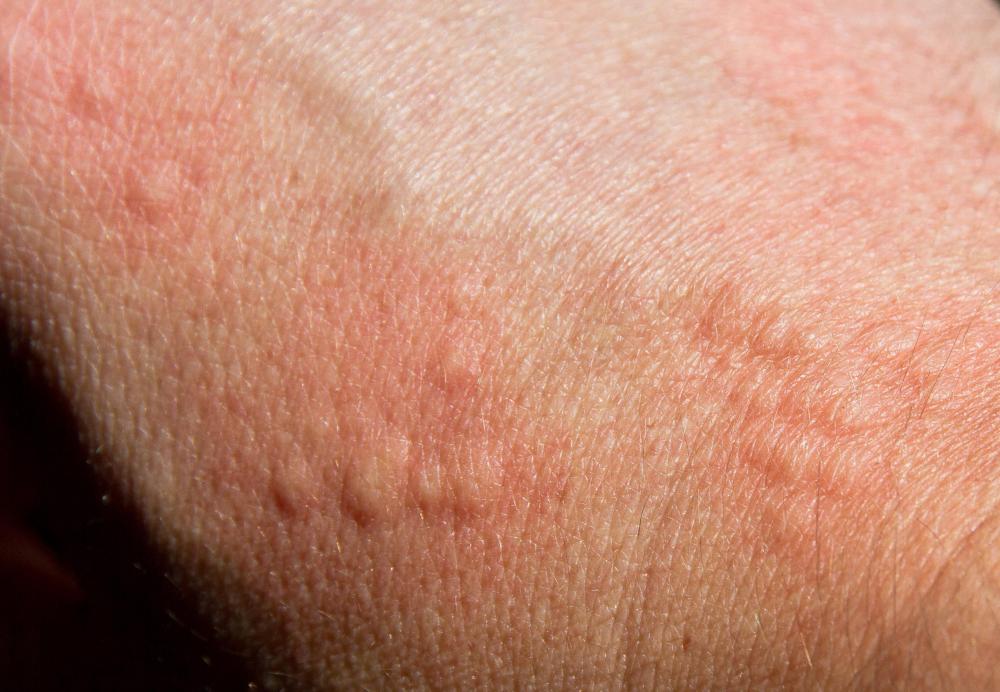At WiseGEEK, we're committed to delivering accurate, trustworthy information. Our expert-authored content is rigorously fact-checked and sourced from credible authorities. Discover how we uphold the highest standards in providing you with reliable knowledge.
What are Latex Pacifiers?
Babies have a strong sucking reflex and many parents choose to calm their babies by offering them pacifiers. Generally, latex and silicone are the two materials that are used in pacifier nipples. Latex pacifiers used to be much more standard, but now silicone ones hold a reasonable share of the binkie market.
Some parents and their babies prefer latex pacifiers because they are softer and tend to feel more like a mother’s nipple. If babies show an early preference, it can be for pacifiers that have latex nipples because it will most resemble breastfeeding. Some babies don’t express a preference or prefer silicone nipples.

A few things are known about latex pacifiers. They tend to retain scent more than do silicone, and they’re also less durable. Once a baby develops teeth, he or she may more easily chew through latex. This isn’t a huge concern, but it should mean checking baby binkies regularly to make sure they’re holding together well. If any rips are noted, the binkie should be replaced.

There is another concern that parents should be aware of when choosing latex pacifiers. Some people develop allergies or sensitivities to this natural substance, and rate of sensitivity increases with routine exposure. If babies regularly take binkies, there is a slightly elevated risk that they might develop a latex allergy in the future and some babies can show signs of the allergy immediately, including hives, shortness of breath, stomach upset, and rashes or lesions. This is uncommon but still needs to be weighed as a potential risk. Family history of latex allergy might suggest choosing silicone instead.
Some early models of latex pacifiers featured no plastic elements. Now it’s more common to find latex binkies that have plastic shields. There are numerous shapes available, some designed by dentists to help reduce potential mouth damage from pacifier use. Most dentists, however, simply recommend that pacifier use end when babies are about two to avoid later orthodontic troubles. Latex binkies also come in different sizes. Some are suited for infants and young babies and others are better for babies over the age of twelve months.
Though some parents may be prone to lay in a huge supply of binkies before a baby is born, this isn’t always recommended. Some babies have to be encouraged to take pacifiers and still may never care for them. It isn’t worth the money to try to force a pacifier on a baby who truly hates them, and moreover, breaking pacifier addiction can be a troubling experience for parents and children. More important than choosing between latex and silicone may be choosing whether to establish pacifier dependency in the first place.
AS FEATURED ON:
AS FEATURED ON:












Discuss this Article
Post your comments